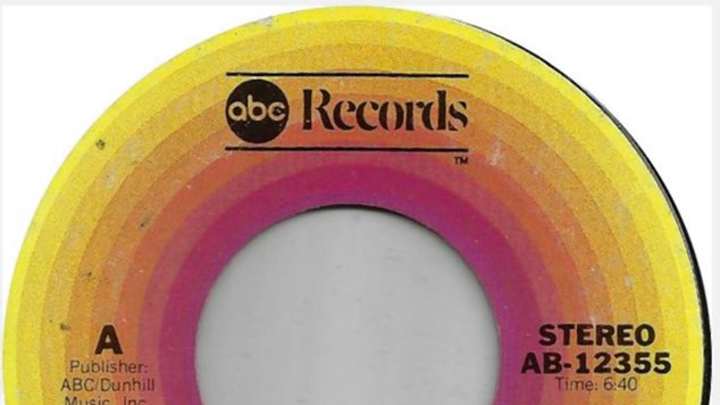Daily Dose of Crimson Tide: So Where Did That Nickname Come From Anyway?

The University of Alabama’s colors of crimson and white were actually used for the first football season in 1892, when the team that would become known as the Crimson Tide wore a large white sweater with “U of A” in large crimson letters on the front, or crimson sweaters with a large white “A,” along with crimson stockings.
At the time, the sweaters cost $6 ($7 for a specific color).
Original accounts simply refer to the team as the “varsity,” or the occasional “Crimson White,” referring to the colors worn. Incidentally, in 1894 it also became the name of the student newspaper on campus, which is still published on a regular basis.
Another early nickname for the team was “The Thin Red Line,” which author Winston Groom speculated was borrowed from Rudyard Kipling’s poem “Tommy” about a British soldier, in his book “The Crimson Tide: An Illustrated History of Football at the University of Alabama.”
However, that nickname started to fall out of favor by the 1906 game against Auburn, which Alabama won 10-0. The coach that year was “Doc” Pollard, whose team finished 5-1. The lone loss, 78-0 to Vanderbilt after Pollard tried to re-schedule or cancel the game because seven of the 11 starters were injured or sick and the coach knew his backups couldn’t match up. Naturally, Vanderbilt balked.
A year later Alabama was 3-1-1 when it faced 6-1 Auburn, but was considered a clear underdog (FYI, both teams had lost to Sewanee, Alabama 54-4, and Auburn 12-6). The team was known as “Pollard’s Pets,” but sportswriter Hugh Roberts of the Birmingham Age-Herald had a better idea after Alabama managed a 6-6 tie. In part due to the thick, red mud the team regularly kicked up during games in Birmingham, and it surrounding the field that day, he coined the name “Crimson Tide.”
Incidentally, due to a dispute between the schools, Alabama and Auburn didn’t play again until 1948.
With a 5-0 victory against Tennessee on Thanksgiving Day, in which the only touchdown was off a blocked punt returned for a touchdown by Derrill Pratt (FYI, scoring was different then), Alabama finished the season 5-1-2.
Alabama was also briefly called the “Red Elephants” in 1930, but otherwise the nickname has never changed.
However, it’s made other appearance in pop culture, including the 1995 submarine movie “Crimson Tide,” staring Denzel Washington and Gene Hackman, and directed by Tony Scott. FYI, there actually is a nuclear-powered submarine named USS Alabama.
Crimson Tide is also referenced in the Steely Dan song Deacon Blues, though somewhat sarcastically. In a Rolling Stone interview, Donald Fagan said, “Walker and I had been working on that song at a house in Malibu. I played him that line, and he said, “You mean it’s like, ‘They call these cracker [jerks] this grandiose name like the Crimson Tide, and I’m this loser, so they call me this other grandiose name, Deacon Blues?’
“And I said, ‘Yeah!’
“He said, ‘Cool! Let’s finish it!’”
